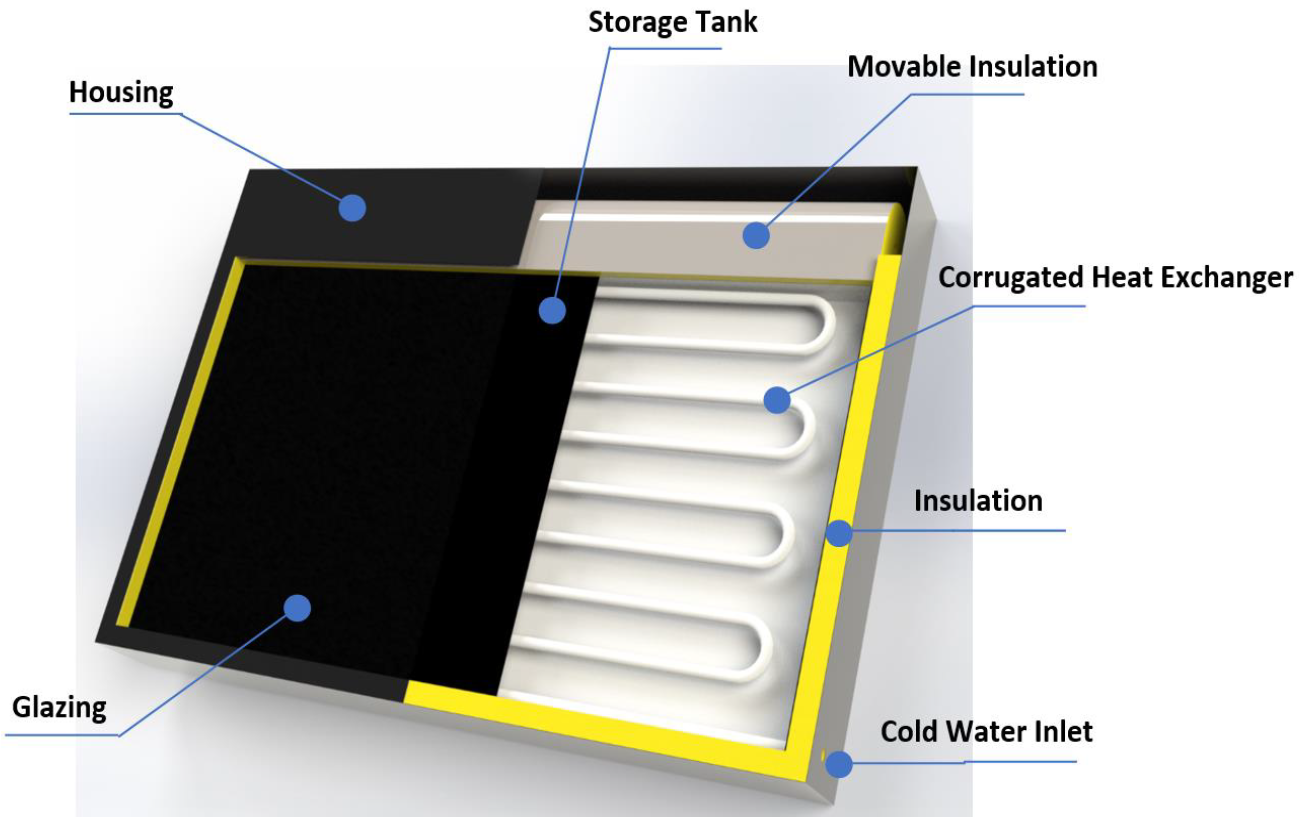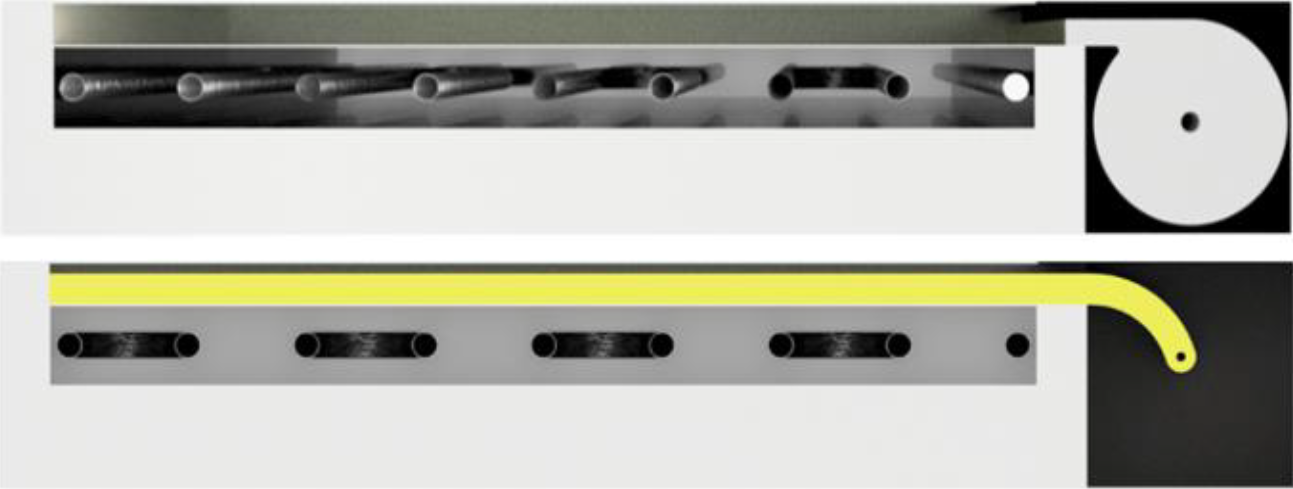PROJECT:
INTEGRATED COLLECTOR STORAGE WITH MOVABLE INSULATION LAYER
On this page, I am sharing the solar thermal collector design I prepared for my master's thesis. In the chapters, I briefly mentioned the important details of my thesis so that you can have a small idea. Then, in the "Calculation" section, you can perform solar thermal analysis with the default values I used in my thesis or with your own input values and create a solar hour - temperature chart. For any questions or suggestions, you can contact me via email or the social media sources I have shared.

